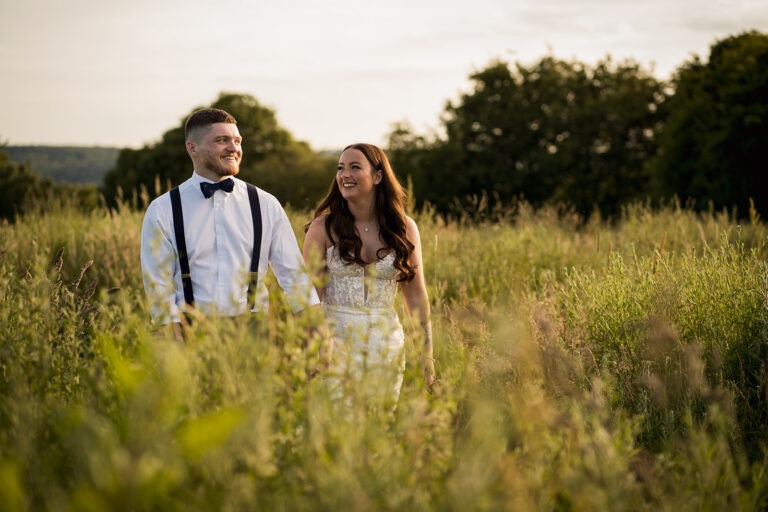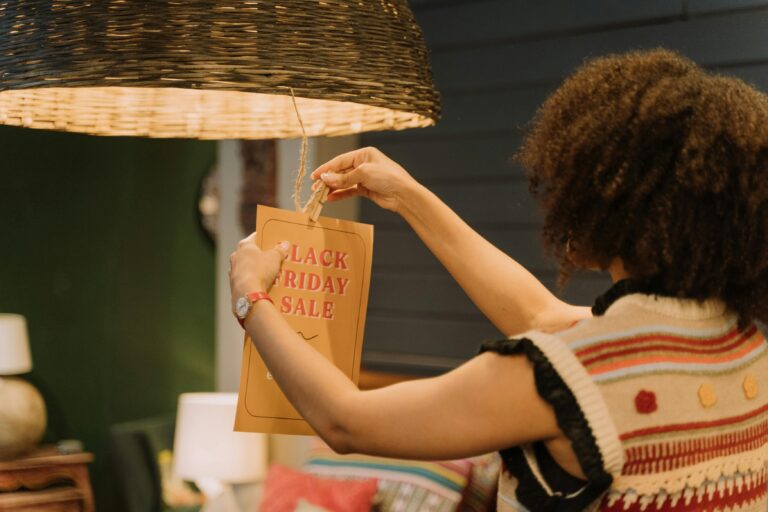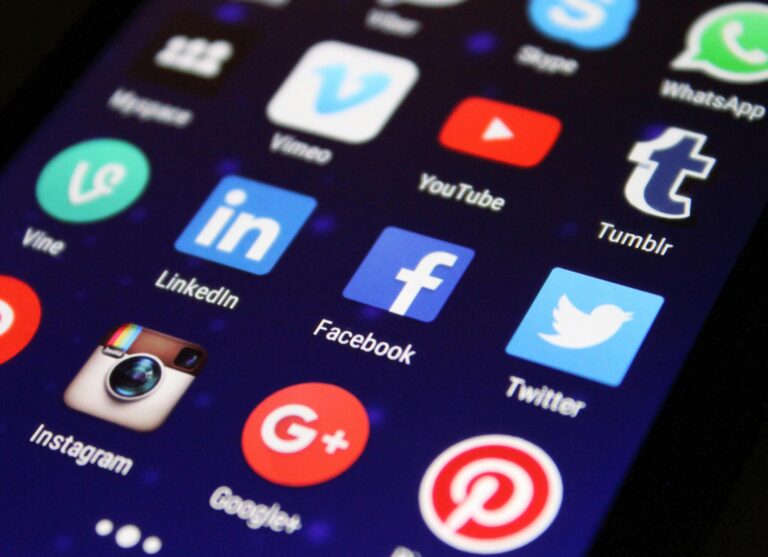Weddings have always been a reflection of the times, and over the last decade, I’ve had a front-row seat to the way they’ve changed. Traditions that once seemed set in stone have shifted—sometimes dramatically—as social values evolve, technology races ahead, and financial realities hit home. What was once expected, like a formal church ceremony or a packed guest list, is now just one of many options. And if there’s one thing I’ve noticed as a photographer, it’s that couples today prioritise personalisation over convention, making their weddings as unique as their love stories.
Weddings Then vs Now: What’s Changed?
The Cost Factor
Let’s be honest—weddings have never been cheap. But in the last ten years, costs have skyrocketed. Back in 2015, the average wedding budget was already a hefty sum, but it was still within reach for many couples. Fast forward to 2025, and inflation, demand for personalised experiences, and the rising cost of venues and suppliers mean that weddings are more expensive than ever. Couples today are either spending more or getting creative with their budgets—hence the rise of micro-weddings and elopements. Intimate, budget-friendly celebrations have become a practical (and stylish) alternative to breaking the bank.
Guest Lists Are Shrinking
A decade ago, a wedding with 100–200 guests was fairly standard. The bigger, the better, right? Not so much anymore. Smaller, more intimate celebrations have taken centre stage, partly influenced by the COVID-19 pandemic, which changed the way we think about big social gatherings. Couples now lean towards quality over quantity, inviting only their closest friends and family. The result? More meaningful interactions and a less stressful day for the couple.
Personalisation is Everything
Back in 2015, themed weddings were starting to gain popularity, but tradition still held strong. Fast-forward to today, and weddings are highly individualised. It’s no longer just about picking a colour scheme—it’s about creating an experience that reflects the couple’s personality, values, and interests. That means non-traditional wedding attire, unique venues (think forests, warehouses, or back gardens), and ceremonies tailored to the couple rather than tradition. Want to swap vows in a canoe? Go for it. Prefer a rock concert vibe over a classic first dance? No one’s stopping you.
The Role of Technology & Social Media
A decade ago, wedding hashtags were just starting to trend. Now, technology is at the heart of wedding planning and documentation. Couples are live-streaming their ceremonies for guests who can’t attend, sharing behind-the-scenes moments on TikTok, and even using AI-generated wedding videos. Some weddings now feature QR codes on tables linking to digital guestbooks or charity donation pages instead of traditional gifts. Technology isn’t just a tool anymore—it’s shaping the entire experience.
Sustainability and Ethical Choices
Couples today are more eco-conscious than ever. Sustainable weddings are no longer a niche concept; they’re becoming mainstream. More couples are choosing second-hand wedding dresses, biodegradable confetti, and plant-based menus. Ethical considerations also play a big role—there’s more emphasis on supporting local suppliers, using ethical wedding rings, and ensuring that every part of the celebration aligns with their values.
Why Are These Changes Happening?
There’s no single reason for this shift—it’s a mix of cultural, economic, and technological influences:
- Social Trends: Younger generations prioritise experiences and authenticity over formalities. There’s less pressure to stick to tradition and more freedom to do things their way.
- Financial Realities: The rising cost of living means couples have to be smarter about their spending. Many are choosing smaller, more personal celebrations rather than splurging on a one-day event.
- Technology: With wedding planning apps, Pinterest boards, and AI-powered tools at our fingertips, it’s never been easier to personalise a wedding. DIY elements and creative touches are more accessible than ever.
- Environmental Awareness: Sustainability isn’t just a trend—it’s becoming a necessity. More couples are making choices that align with their ethical and environmental values.
What’s Next for Weddings?
Looking ahead, weddings are only going to keep evolving. We could see AI-powered wedding planning become standard, with chatbots helping couples design their day and automated systems scouting venues. Multi-day celebrations with immersive elements, like VR storytelling or live art experiences, may become more common. The shift towards simplicity and experience-driven weddings will likely continue, with more couples prioritising meaning over extravagance. And sustainability? Expect it to move from a “nice-to-have” to the default way of doing things.
Final Thoughts
Despite all these changes, one thing has remained constant: weddings are about celebrating love and commitment. How couples choose to do that has evolved, but the heart of it stays the same. Whether you’re planning a small, eco-friendly gathering or a high-tech, interactive wedding, the most important thing is that it reflects who you are. Because at the end of the day, the best weddings aren’t the ones that follow the rules—they’re the ones that feel right for you.
Keywords for SEO:
- Wedding trends
- Modern weddings
- Wedding costs
- Wedding budgets
- Intimate weddings
- Micro-weddings
- Wedding personalisation
- Wedding themes
- Social media weddings
- Wedding technology
- Live-streamed weddings
- AI wedding planning
- Sustainable weddings
- Ethical weddings
- Eco-friendly weddings
- Wedding guest lists
- Wedding traditions
- Wedding planning evolution
- Future wedding trends
- Minimalist weddings





